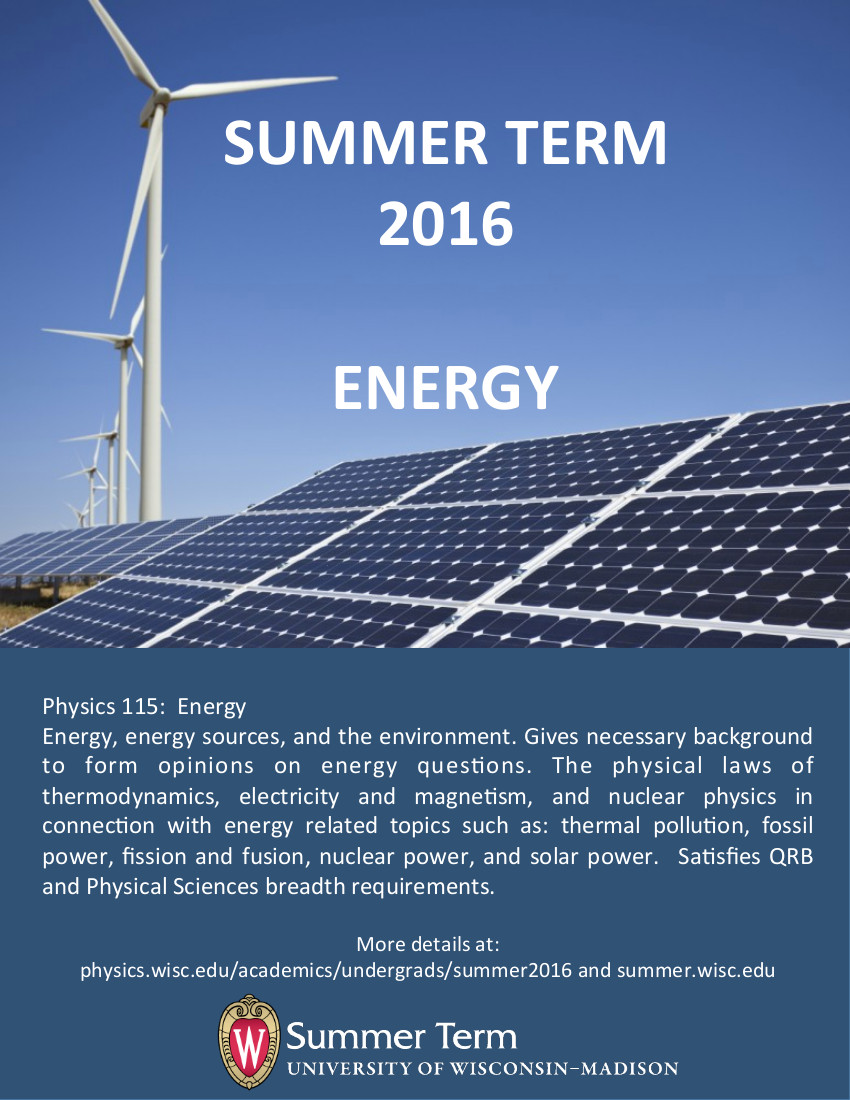This award recognizes distinguished scholarship as well as standout efforts in teaching and service.
News Archives
Mark Eriksson awarded Vilas Distinguished Achievement Professorship
This award recognizes distinguished scholarship as well as standout efforts in teaching and service.
UW journal of undergraduate research publishes first issue
Last week, The Journal of Undergraduate Science and Technology (JUST) — completely run by undergraduate volunteers — published its first issue.
One of the students making this possible is Noah Johnson, Editor of Content. Johnson is a junior studying physics and mathematics. He also performs physical chemistry research in the Ediger lab, where he studies the effect of aspect ratio on molecular orientation in organic semiconductor glass films. He is interested in pursuing a career in the research of solid state realizations of quantum information processors and also wants to teach at the university level. Other interests of his include Bob Dylan, the Beat Movement and 60’s counterculture, Kurt Vonnegut, Woody Allen and French New Wave cinema, and corduroy pants.
UW-Madison part of new search for signals from the early universe
In an effort to probe the first few moments of time after the Big Bang some 13.8 billion years ago, a consortium of researchers, including from the University of Wisconsin-Madison, is planning a new observatory in Chile’s Atacama Desert to measure the cosmic microwave background (CMB).
The $40 million initiative, known as the Simons Observatory, was announced today (May 9, 2016) and is being funded by major grants from the Simons Foundation and the Heising-Simons Foundation.
AAAS honors Mark Eriksson and Gary Shiu
Five UW-Madison scientists have been honored as elected fellows of the American Association for the Advancement of Science, two from the Physics Department.
Gary Shiu was elected “for pioneering contributions to string phenomenology and cosmology, for leadership in connecting fundamental theory to experiment, and for promoting basic science in the US and Asia.”
Mark Eriksson was elected “for innovative and important contributions to the understanding and development of nanodevices for spintronics and quantum information processing applications.”
Richard Sayanagi Selected as L&S Teaching Fellow
Physics graduate student Richard Sayanagi has been selected as an L&S Teaching Fellow for 2016, in recognition of the high quality of his performance as a teaching assistant. He will be entrusted with helping train his teaching assistant colleagues at the College of Letters and Science’s TA training program next September.
Past physics fellows can be found here: http://ls.wisc.edu/ta-fellows.html#physics
HAWC reveals new look at the very high energy sky
Scientists operating the High Altitude Water Cherenkov Observatory (HAWC) presented a new survey of the sky using the highest energy gamma rays ever observed. “HAWC gives us a new way to see the high-energy sky,” said Jordan Goodman, USA-spokesperson of HAWC.
Idris Boukahil wins Goldwater Scholarship
Idris Boukahil has won the Barry Goldwater Scholarship. He was one of 252 to receive the scholarship out of 1,150 nominees. He plans to get a “Ph.D. in Theoretical Condensed Matter Physics. Lead a theory group modeling electronic properties of novel materials for organic electronics and teach at the university level”.
NSF renews IceCube maintenance and operations contract
The National Science Foundation announced on March 30, 2016 that it has renewed a cooperative agreement with the University of Wisconsin–Madison to operate IceCube. The five-year, $35 million award entails the continued operation and management of the observatory located at NSF’s Amundsen-Scott South Pole Station. In 2013, the IceCube Collaboration reported the first detection of high-energy cosmic neutrinos, opening a new astronomical vista on the universe and on some of its most violent phenomena.
Energy – Physics 115 Summer 2016
